

The first ICOM (International Council of Museums) General Conference in Japan is hosting museum professionals from 141 nations and regions. In celebration, Japanese contemporary artists present an exhibition at the world heritage site Nijo-jo Castle in Kyoto.
The show’s theme is “dialogue with history.” From 794, when it became the capital, until 1867, when the Tokugawa shogunate returned political power to the Emperor, Kyoto was the center stage for change in Japanese history. During its centuries as the seat of government, numerous Shinto shrines and Buddhist temples were built, the cornerstone of Japanese culture was laid, and culture blossomed. Nijo-jo Castle was erected in 1603 by Tokugawa Ieyasu, the first shogun of the Edo shogunate. It has been the site of many key events, including Tokugawa Ieyasu’s
installation as shogun, the return of political power to the Emperor by the 15th and last Tokugawa shogun, Yoshinobu, and the accession of the Taisho Emperor.
As a unique historic space, Nijo-jo Castle represents history in a dialogue with Kohei Nawa and other leading artists representing the contemporary art scene. Their work is diverse, including painting, sculpture, and video using cutting-edge technology, but seen together it allows us to glean a long, unbroken thread of art and aesthetics—flexible and sensitive, bold yet peaceful—that remains tied to ancient Japan. The mingling of historic structure and contemporary art creates a space that invites us to transcend time and space to experience chance encounters with eternal moments. “The Sense of Beauty” of Japanese culture is a bold proposition, reaching out to the world from Kyoto.
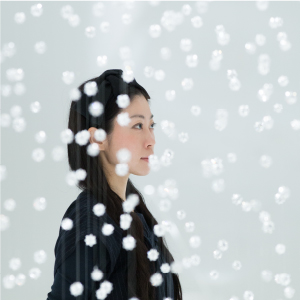
Born in Tokyo in 1981. She obtained Bachelor’s degree of Fine Arts from Musashino Art university (Tokyo) and Master’s degree of Ceramics and Glass from Royal College of Art. She creates works made of glass under the theme of slime mold, bacteria, virus and cells.
photo: Hiromi Shinada
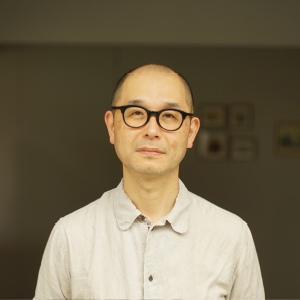
Born in Hyogo in 1961. He obtained Master’s degree of Fine Arts from Tokyo University of the Arts in 1989. He also studied at Brera Academy of Fine Arts with the scholarship by Italian government from 1989 to 1995, and participated in Fiskars village Artist in residence, Finland in 2010.
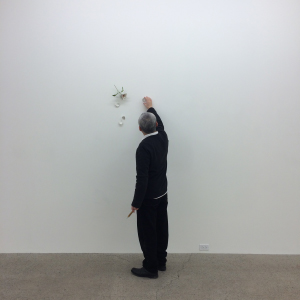
Born in Yamanashi in 1969, currently lives and works in Tokyo. He obtained Bachelor’s degree of Fine Arts from Tama Art University in 1992. He creates elaborate sculptures of plants by self-taught wood carving technique. He shows his works as installation in response to the exhibition spaces.

teamLab is an art collective founded in 2001, interdisciplinary group of ultratechnologists whose collaborative practice seeks to navigate the confluence of art, science, technology, design and the natural world. Various specialists such as artists, programmers, engineers, CG animators, mathematicians and architects form teamLab.
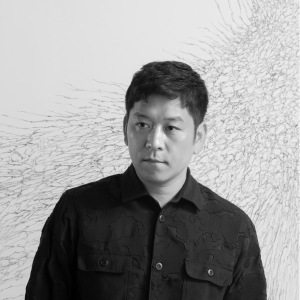
Born in Osaka in 1975, currently based in Kyoto. He graduated from Kyoto City University of Arts in 1998 with a Ph. D. in Fine Art Sculpture in 2003. He establishes “SANDWICH”, a creative platform for production in 2009. He explores the potentiality of sculpture, working with a wide range of other technologies and materials, through his original concept “PixCell”. Nawa's recent projects extend this exploration to architecture and performance collaborated with a choreographer Damien Jalet, to create both space and art.
photo: Nobutada OMOTE|SANDWICH
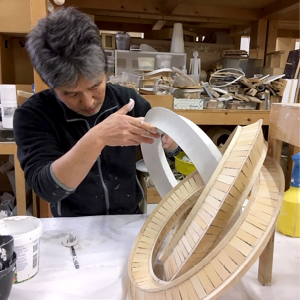
Born in Tokyo in 1949. After graduating from Keio University, he moved to Europe and graduated from Munich Art University, and completed the Graduate School of the Düsseldorf Art University in Germany. Since 1994 he has been involved in the activities of the Insel von Bloich Museum in Neuss and has continued to work in the atelier adjacent to the museum. His works range from sculptures to paintings, drawings, etc. Especially, he produces sculptures that give an impression of the organic form of nature.
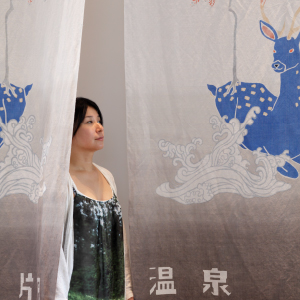
Born in Kanagawa. Miyake studied at École Nationale Supérieure des Beaux-Arts from 2008. Became Professor of Kyoto University of Art & Design from 2017. Miyake is an artist who questions the true nature of things and the universality of expression, by seamlessly connecting the past, present, and future, through the intricacy and depth of the traditional arts and crafts of Japan and with her own esprit.
photo: Satoshi Shigeta
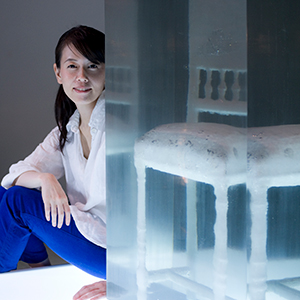
Born in Kyoto in 1974. Completed Master's degree at Tokyo University of the Arts in 2008. Miyanaga is known for her installation using materials such as salt, craze sound of a pottery and veins of a leaf and especially objects made with naphthalene into the shape of daily commodities. And her works are visualized time using tracing signs. First winner of the 2013 Nissan Art Award Grand Prix.
Photo by MATSUKAGE
©MIYANAGA Aiko
Courtesy Mizuma Art Gallery
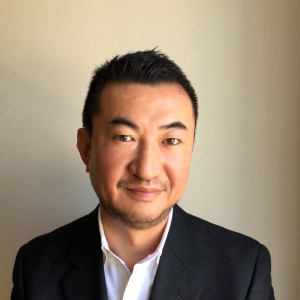
Born in Osaka in 1968, currently lives and works in Tokyo. Mwkaiyama spent his childhood in Mount Koya, recognized as one of Japan’s most prominent locations of esoteric Buddhist temples, and as a child had found himself enticed by the tranquil environment of his surroundings and the Buddhist art that existed within it. His representative works using wax are a continuous attempt to both give appearance to and immobilize light.
Period:
August 31st (Sat) —
September 3rd (Tue), 2019
Venue:
World Heritage site Nijo-jo Castle 541 Nijojo-cho, Nijo-dori Horikawa Nishi-iru, Nakagyo-ku, Kyoto City, Kyoto
Opening hours of the exhibition
August 31st: 9:00 a.m. – 5:45 p.m.,
September 1st – 3rd: 9:00 a.m. – 4:45 p.m.
Opening hours of Nijo-jo Castle
August 31st: 8:00am – 5:00pm (Closing time: 6:00pm) ,
September 1st – 3rd: 8:00am – 4:00pm(Closing time: 5:00pm)
Admission
Free *A ticket is required for admission to the grounds of Nijo-jo Castle.
◯ Access from Kyoto Station:
By Kyoto City Subway:
[Kyoto Station] Subway Karasuma Line - 6min - [Karasuma Oike Station] Subway Tozai Line - 2min - [Nijo-jo-mae Station]
By Kyoto City Bus:
[Kyoto Station] Bus route No.9, 50, 101, 111 (express service for Nijo-jo and Kinkaku-ji) - 16min - [Nijo-jo-mae]
By JR Train
[Kyoto Station] JR Sagano Line - 5min - Nijo Station - 17min walk - Nijo-jo
◯ From Sanjo Keihan Station
By Kyoto City Subway:
[Sanjo Keihan Station] Subway Tozai Line - 6min - [Nijo-jo-mae Station] - a short walk
◯ From Hankyu Karasuma Station
By Kyoto City Bus:
[Shijo Karasuma] Bus route nos 12 and 101 - 9min - [Nijo-jo-mae] - a short walk
◯ By car
[Kyoto higashi Intercange, or Kyoto minami Intercange] Meishin Expressway - 30min